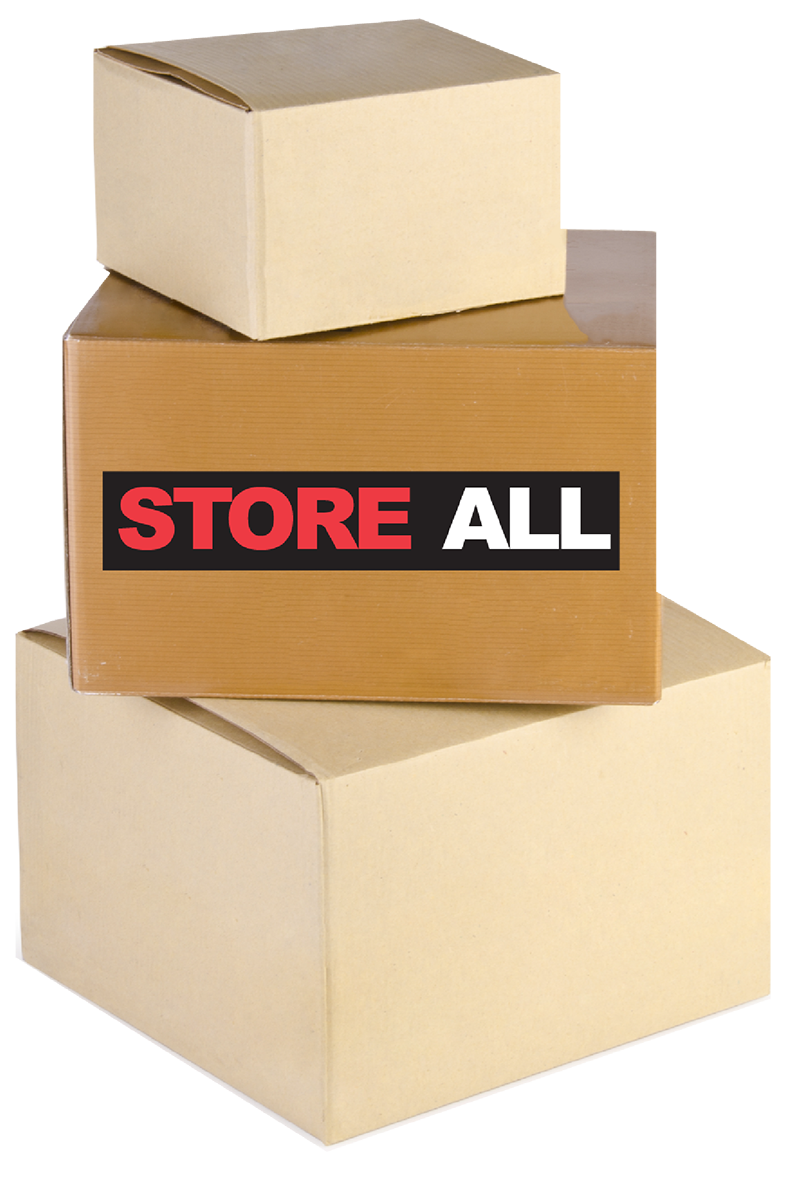Before You Start Packing

Set up an appointment to visit us so that you can select the size unit that suits your needs or use our size estimator. Come by our office and purchase boxes, bubble wrap, tape and other useful packing supplies. Return any unused boxes for a full refund.

Group items together that are normally associated with one another i.e. small kitchen appliances, pots and pans, cutlery and so on.

As a rough guide, a 5’ X 8’ unit will store furniture from one bedroom or a small apartment; an 8’ X 10’ unit will store furniture from two bedrooms; an 8’ X 20’ unit will store furniture from three rooms and so on.

Before you start packing, label each box with a number and a description.
It’s Packing Time
It’s time to pack everything up
- Label the boxes on as many sides as possible for easy identification.
- Colour code boxes e.g. by room or category.
- Group items together that are normally associated with one another i.e. small kitchen appliances, pots and pans, cutlery and so on.
- Original boxes for electronics are best. If not pack items separately in bubble wrap.
- Pack fragile items carefully and fill the extra space in boxes with newspaper to prevent collapsing and to stop breakage.
- Seal the boxes with packing tape.
- Fill suitcases and bags with clothing, sheets, towels and so on.
- Do not place sharp or heavy items on top of upholstered furniture as this may lead to damage.
- Use the inside of appliances for extra storage and leave the fridge door wedged open to provide circulation.
- Pack books in small boxes lined with plastic and fill the empty spaces with newspaper.
- Don’t overload boxes with heavy items such as books.
- Hang clothes on non-rusting hangers.
- Tie bed frames together and package all the small pieces together and label them.
- Wrap paper around chair legs and cover the seats with plastic.
- Place small items in desk and dressing table drawers.

Pest Proofing
If possible store your items in plastic, sealed containers instead of cardboard boxes to prevent rodents from nesting inside.
Do not leave crumbs or food remnants inside of kitchen appliances. Do not store perishable food items as they will attract pests.
Clean all items that you plan to store before packing.

Before placing items in your unit, thoroughly inspect them to ensure that pests are not hiding in the boxes or items.
Store boxes on a pallet to stop pests from finding refuge underneath them.
Regularly check your unit for signs of pests.
Maximize Your Storage Space

Stack boxes of equal size to shoulder height. Place heavy items at the bottom to form a stable base.
Use shelving.
Leave space down the centre of the unit so that all items can be accessed. Turn the boxes so that you can read the labels on them.
Leave a little space between the items stored and the walls of the storage unit to provide ventilation. Wooden pallets can also be used to provide ventilation.
Place smaller, lighter items at the back of the storage unit and larger, heavier items to the front.
Place frequently used items to the front.
If possible, take apart tables and beds. Apply furniture oil to wooden pieces before storing.
Place couches on end to maximize space.
